Home>Gardening & Outdoor>Landscaping Ideas>Why Does Grass Die When Salt Is On It
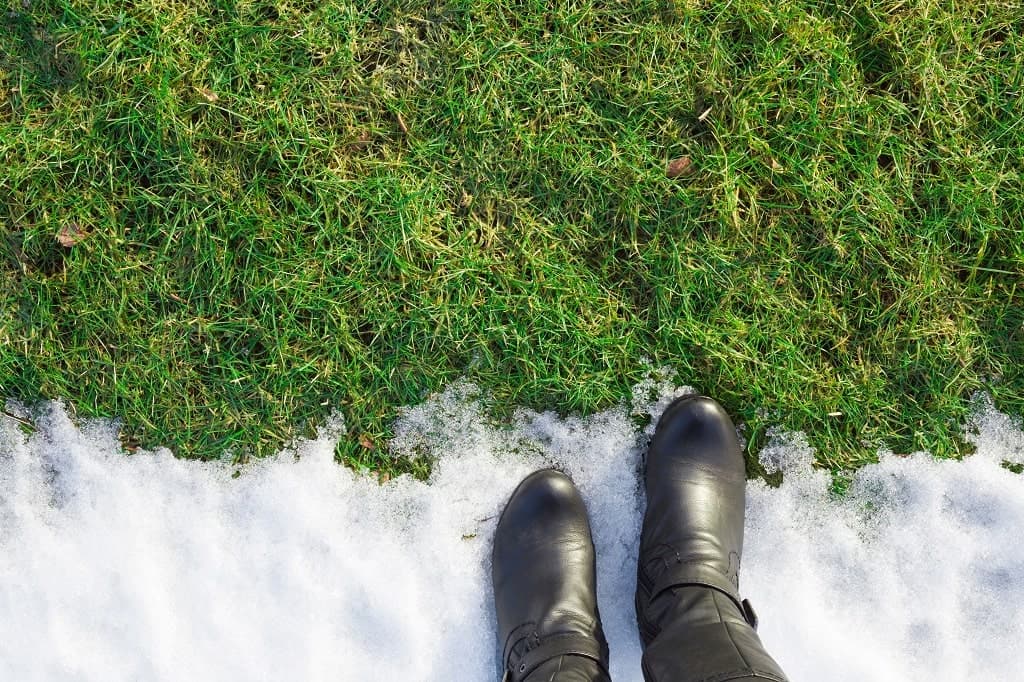

Landscaping Ideas
Why Does Grass Die When Salt Is On It
Modified: March 2, 2024
Discover why grass dies when salt is on it and learn landscaping ideas to protect your lawn. Find out how to prevent salt damage and maintain a healthy, vibrant yard.
(Many of the links in this article redirect to a specific reviewed product. Your purchase of these products through affiliate links helps to generate commission for Storables.com, at no extra cost. Learn more)
Introduction
Read more: When Does Grass Start Dying
Understanding the Impact of Salt on Grass
When salt is applied to grass, it can have detrimental effects, causing the grass to wither and die. This phenomenon often raises questions among homeowners and garden enthusiasts about why salt has such a harmful impact on grass. Understanding the underlying mechanisms and environmental factors at play is crucial for effectively preventing and addressing salt damage to grass.
In this article, we will delve into the intricate relationship between salt and grass, exploring the mechanisms through which salt inflicts damage and the environmental factors that influence its impact. Additionally, we will discuss preventative measures and treatment strategies to safeguard grass from the deleterious effects of salt. By gaining insights into these aspects, you will be better equipped to maintain a lush and thriving lawn while mitigating the risks associated with salt exposure.
Let's embark on a journey to unravel the mysteries of salt damage to grass, empowering you with the knowledge to preserve the vibrancy and health of your lawn.
Key Takeaways:
- Salt can harm grass by dehydrating plant cells, altering soil composition, and impacting nearby ecosystems. Understanding these effects can help prevent and address salt damage to maintain a healthy lawn.
- Factors like soil composition, climate, and grass health influence salt damage. Implementing strategic salt application, soil amendments, and proper irrigation can prevent and treat salt damage, preserving a vibrant lawn.
Understanding the Effects of Salt on Grass
When salt comes into contact with grass, it can lead to visible damage and hinder the overall health of the lawn. The effects of salt on grass are multifaceted, encompassing various physiological and environmental aspects.
One of the primary consequences of salt exposure is the disruption of the osmotic balance within the grass. Salt draws moisture away from the plant cells, causing dehydration and impairing essential physiological processes. As a result, the grass may exhibit symptoms of desiccation, such as wilting, browning, and ultimately, dieback.
Furthermore, the presence of salt in the soil can alter its composition and structure, affecting crucial factors such as pH levels and nutrient availability. This disruption can impede the grass’s ability to uptake essential nutrients, leading to nutrient deficiencies and overall weakening of the plants.
In addition to direct physiological impacts, salt can also exert indirect effects on grass through its influence on soil properties. High salt concentrations in the soil can hinder water infiltration and retention, leading to waterlogged conditions in some areas and drought-like conditions in others. These fluctuations in soil moisture further stress the grass, making it more susceptible to damage from environmental stressors.
Moreover, the presence of salt can have cascading effects on surrounding vegetation and ecosystems. Runoff from salted areas can contaminate nearby water bodies, posing risks to aquatic life and contributing to soil salinization in the long term.
By comprehensively understanding the effects of salt on grass, individuals can make informed decisions regarding the management of salt application and its potential consequences. In the subsequent sections, we will delve into the intricate mechanisms underlying salt damage and explore strategies for mitigating its impact on grass.
The Mechanism of Salt Damage
Understanding the intricate mechanism through which salt inflicts damage on grass is essential for devising effective preventative and remedial strategies. The detrimental effects of salt on grass can be attributed to its impact on the plant’s physiology, soil properties, and overall environmental conditions.
When salt is applied to grass or enters the soil through de-icing practices or other means, it dissolves into ions, primarily sodium and chloride. These ions can disrupt the osmotic balance within the plant cells, leading to water loss and cellular dehydration. As a result, the grass experiences physiological stress, manifested through symptoms such as wilting, browning of foliage, and diminished growth.
Furthermore, the presence of excessive sodium ions in the soil can lead to soil salinization, altering its physical properties and impeding water and nutrient uptake by the grass roots. This can result in a decline in soil fertility and a reduction in the availability of essential nutrients, further compromising the grass’s vitality and resilience.
In addition to direct impacts on plant physiology and soil properties, salt damage can exacerbate the effects of environmental stressors. For instance, salt-affected soil may exhibit reduced water infiltration and retention capacity, leading to uneven moisture distribution and creating localized drought conditions. In such scenarios, the grass is more susceptible to the adverse effects of drought stress, compounding the damage inflicted by salt.
Moreover, the chloride ions present in salt can accumulate in the plant tissues, leading to toxicity and disrupting various metabolic processes. This can impede the grass’s ability to carry out essential functions, such as photosynthesis and nutrient assimilation, further compromising its overall health and vigor.
By unraveling the intricate mechanism of salt damage, individuals can gain insights into the multifaceted impacts of salt on grass and the surrounding ecosystem. Armed with this knowledge, proactive measures can be implemented to mitigate salt damage and preserve the health and vibrancy of the grass.
Environmental Factors Affecting Salt Damage
The impact of salt on grass is influenced by a myriad of environmental factors that can exacerbate or mitigate its effects. Understanding these factors is crucial for comprehensively addressing salt damage and devising targeted strategies for preserving the health of the grass and the surrounding ecosystem.
One of the primary environmental factors affecting salt damage is soil composition and structure. Soils with high clay content tend to retain salts for longer periods, prolonging the exposure of grass to detrimental ions. Conversely, well-draining soils may exhibit lower salt retention, reducing the duration of exposure and potential damage to grass.
Another critical factor is soil pH, as alkaline soils can exacerbate the effects of sodium ions, leading to increased soil salinization and hindering the grass’s ability to absorb essential nutrients. Monitoring and managing soil pH can help mitigate the impact of salt on grass and promote a healthier growing environment.
Furthermore, climate and weather conditions play a significant role in salt damage. In regions with arid or semi-arid climates, where evaporation rates exceed precipitation, salts can accumulate in the soil, intensifying the risk of damage to grass. Conversely, in areas with higher precipitation, salts may be leached from the soil more effectively, reducing the potential for salt damage.
The proximity of grass to roadways and paved surfaces also influences salt damage. Areas in close proximity to de-icing activities or where road runoff accumulates are at higher risk of salt exposure. Implementing physical barriers or utilizing alternative de-icing materials can help mitigate the impact of salt on adjacent grass and vegetation.
Moreover, the overall health and vigor of the grass can influence its resilience to salt damage. Well-maintained, healthy grass with robust root systems is better equipped to withstand salt stress compared to weakened or stressed turf. Implementing proper lawn care practices, such as adequate irrigation and fertilization, can bolster the grass’s resilience to salt damage.
By considering these environmental factors, individuals can develop holistic approaches to mitigating salt damage and promoting the long-term health and vitality of grass. In the following section, we will explore preventative measures and treatment strategies to safeguard grass from the detrimental effects of salt.
Read more: When Does Annual Ryegrass Die
Preventing and Treating Salt Damage
Implementing proactive measures to prevent salt damage and employing targeted treatment strategies are essential for preserving the health and vibrancy of grass in the face of salt exposure. By integrating preventative practices and responsive treatments, individuals can mitigate the detrimental effects of salt and promote a thriving lawn.
Preventative Measures:
- Strategic Application: When using salt for de-icing or other purposes, strategic application and dosage control are crucial. Avoiding excessive salt application and ensuring even distribution can minimize the risk of damage to grass and surrounding vegetation.
- Alternative De-Icing Materials: Exploring and utilizing alternative de-icing materials, such as calcium magnesium acetate or sand, can reduce the reliance on traditional salt-based products, mitigating the potential for salt damage to grass and minimizing environmental impact.
- Physical Barriers: Erecting physical barriers, such as snow fences or burlap screens, can shield grass from direct salt exposure, particularly in areas adjacent to roadways or paved surfaces where salt runoff is prevalent.
- Soil Amendments: Incorporating organic matter and soil amendments can improve soil structure and enhance its ability to buffer against salt damage. Additionally, maintaining optimal soil pH through amendments can mitigate the impact of sodium ions on grass.
- Proper Irrigation: Implementing proper irrigation practices, including deep and infrequent watering, can help leach excess salts from the soil and promote a healthier growing environment for grass.
Treatment Strategies:
- Leaching: In cases of salt accumulation, leaching the soil with copious amounts of water can help flush out excess salts and alleviate the stress on grass. This practice should be performed cautiously to prevent waterlogging and further damage.
- Soil Amendments: Introducing gypsum or other soil amendments can aid in displacing sodium ions and mitigating soil salinization, restoring a more favorable environment for grass growth.
- Rehabilitation and Overseeding: In severely affected areas, rehabilitation efforts, including overseeding with salt-tolerant grass species, can rejuvenate the lawn and promote recovery.
- Monitoring and Maintenance: Regular monitoring of the lawn’s health and implementing routine maintenance practices, such as aeration and fertilization, can bolster the grass’s resilience and mitigate the long-term effects of salt damage.
By integrating these preventative and treatment strategies, individuals can safeguard grass from the detrimental effects of salt and foster a resilient and vibrant lawn. Proactive management and responsive interventions are pivotal in mitigating salt damage and nurturing a thriving outdoor environment.
To prevent grass from dying when salt is on it, thoroughly water the affected area to dilute the salt and minimize its impact on the grass.
Conclusion
The interplay between salt and grass encompasses a complex web of physiological, environmental, and management factors, all of which influence the health and resilience of the lawn. As we conclude our exploration of salt damage to grass, it is imperative to emphasize the significance of informed decision-making and proactive measures in mitigating the deleterious effects of salt and nurturing a thriving outdoor landscape.
By understanding the mechanisms through which salt inflicts damage on grass, individuals can make conscious choices regarding salt application and explore alternative practices that minimize environmental impact. Furthermore, recognizing the environmental factors that exacerbate or mitigate salt damage empowers individuals to tailor their management approaches to suit the specific conditions of their outdoor spaces, promoting sustainable and resilient landscapes.
Implementing preventative measures, such as strategic salt application, soil amendments, and proper irrigation, serves as a proactive defense against salt damage, safeguarding the health of grass and preserving the integrity of the surrounding ecosystem. Additionally, responsive treatment strategies, including leaching, soil amendments, and rehabilitation efforts, offer avenues for rejuvenating salt-affected areas and promoting recovery.
As stewards of outdoor environments, it is incumbent upon individuals to embrace a holistic approach to lawn care, one that integrates environmental stewardship, informed decision-making, and responsive management. By harmonizing these elements, individuals can cultivate lush, resilient lawns that thrive in the face of environmental challenges, including salt exposure.
Ultimately, the preservation of grass in the presence of salt hinges on a harmonious balance between environmental awareness, proactive practices, and adaptive management. By embracing this ethos, individuals can transform their outdoor spaces into vibrant, resilient landscapes that stand as testaments to the enduring synergy between nature and conscientious stewardship.
Frequently Asked Questions about Why Does Grass Die When Salt Is On It
Was this page helpful?
At Storables.com, we guarantee accurate and reliable information. Our content, validated by Expert Board Contributors, is crafted following stringent Editorial Policies. We're committed to providing you with well-researched, expert-backed insights for all your informational needs.
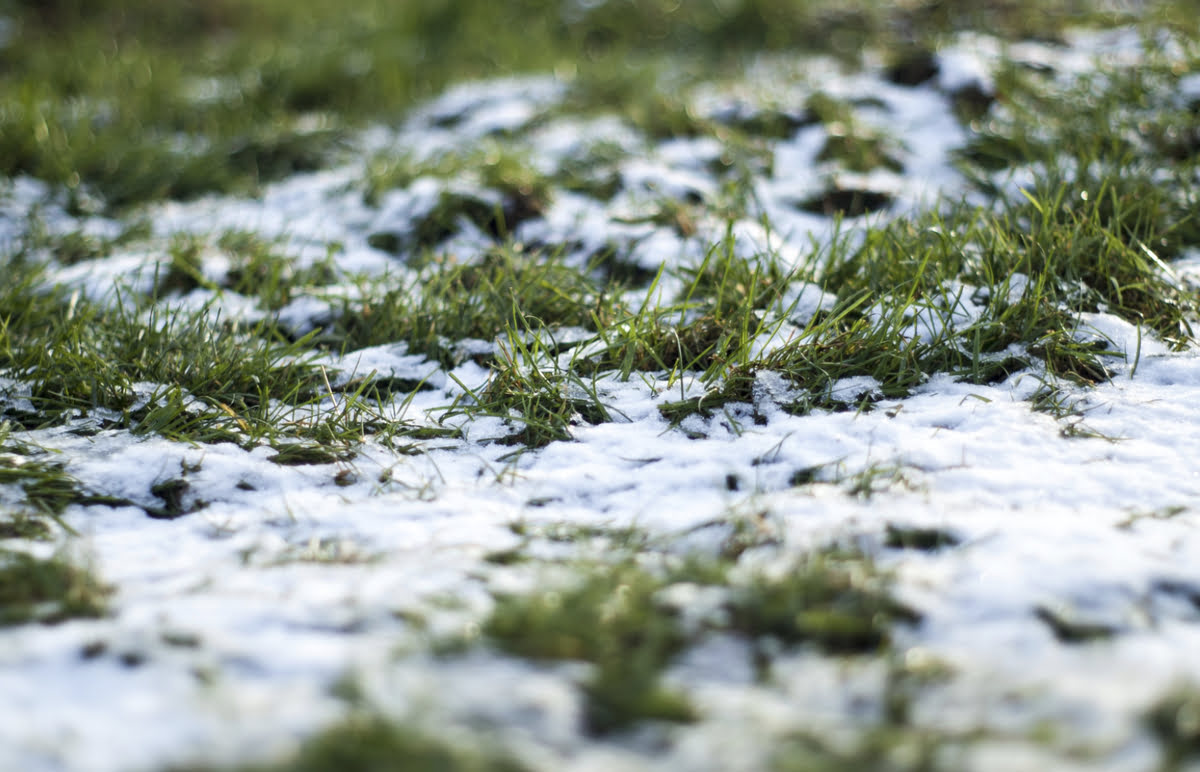
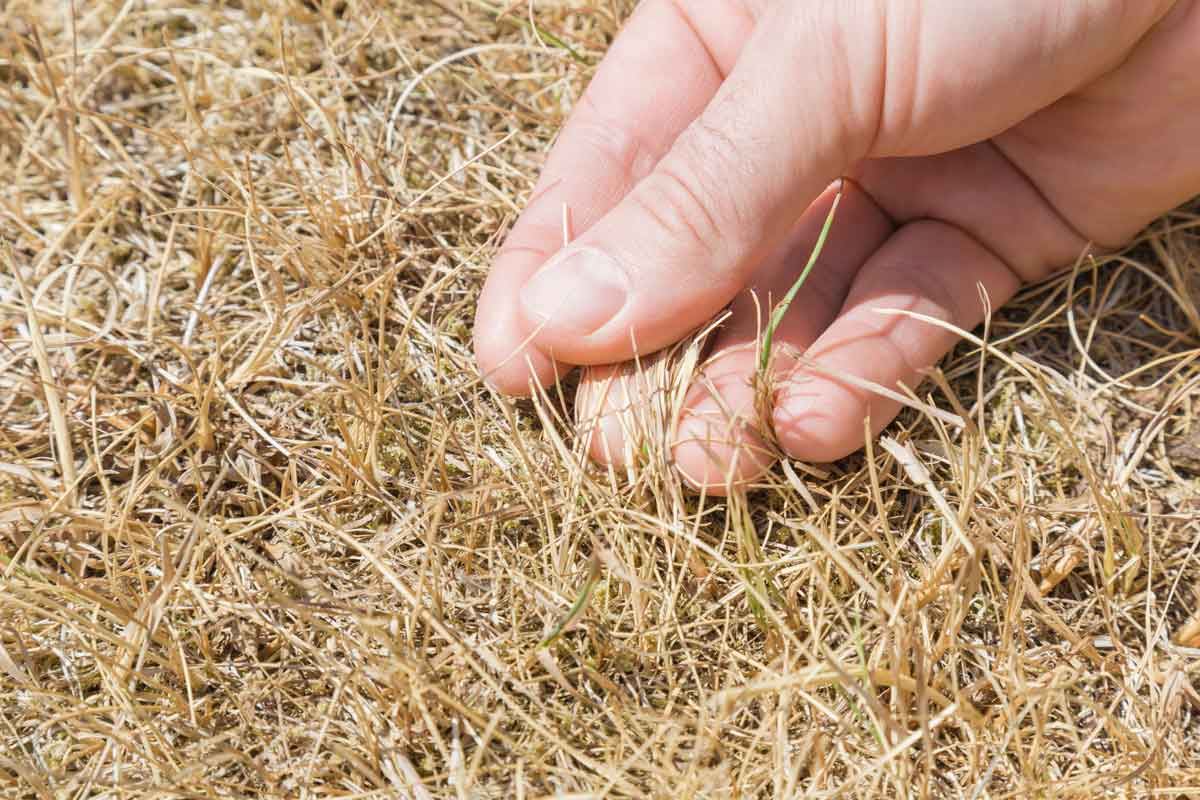
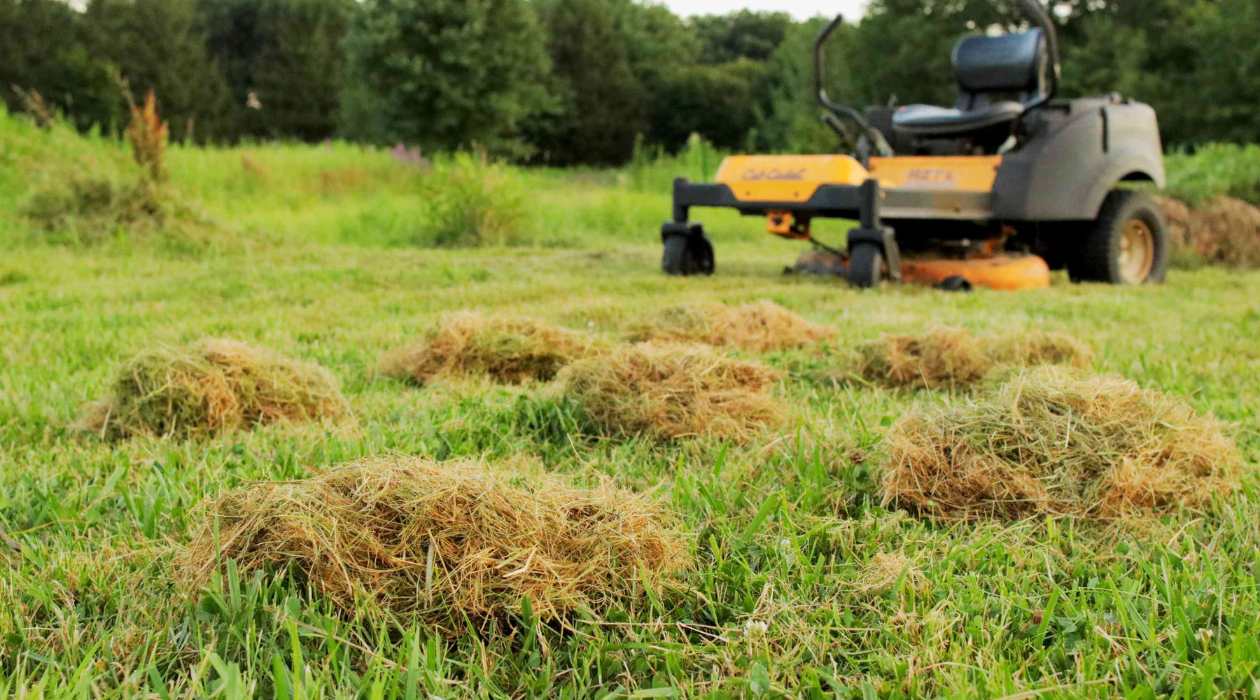
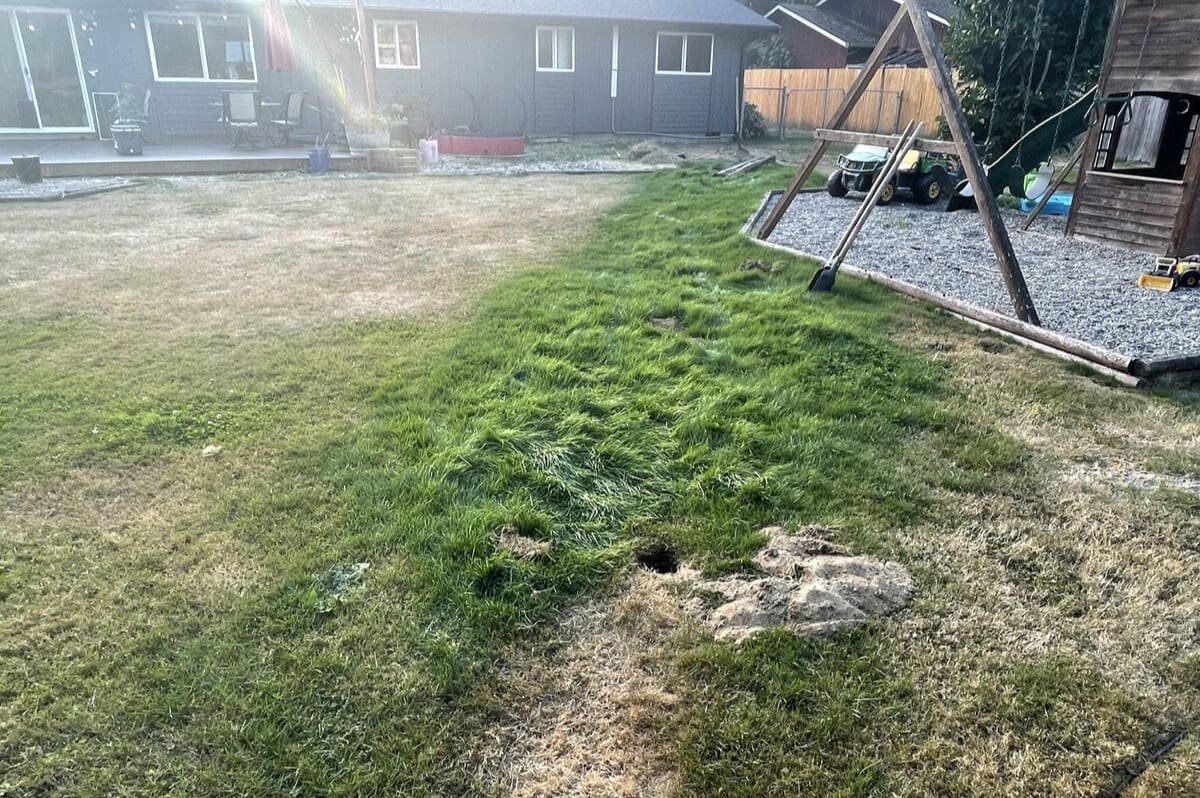
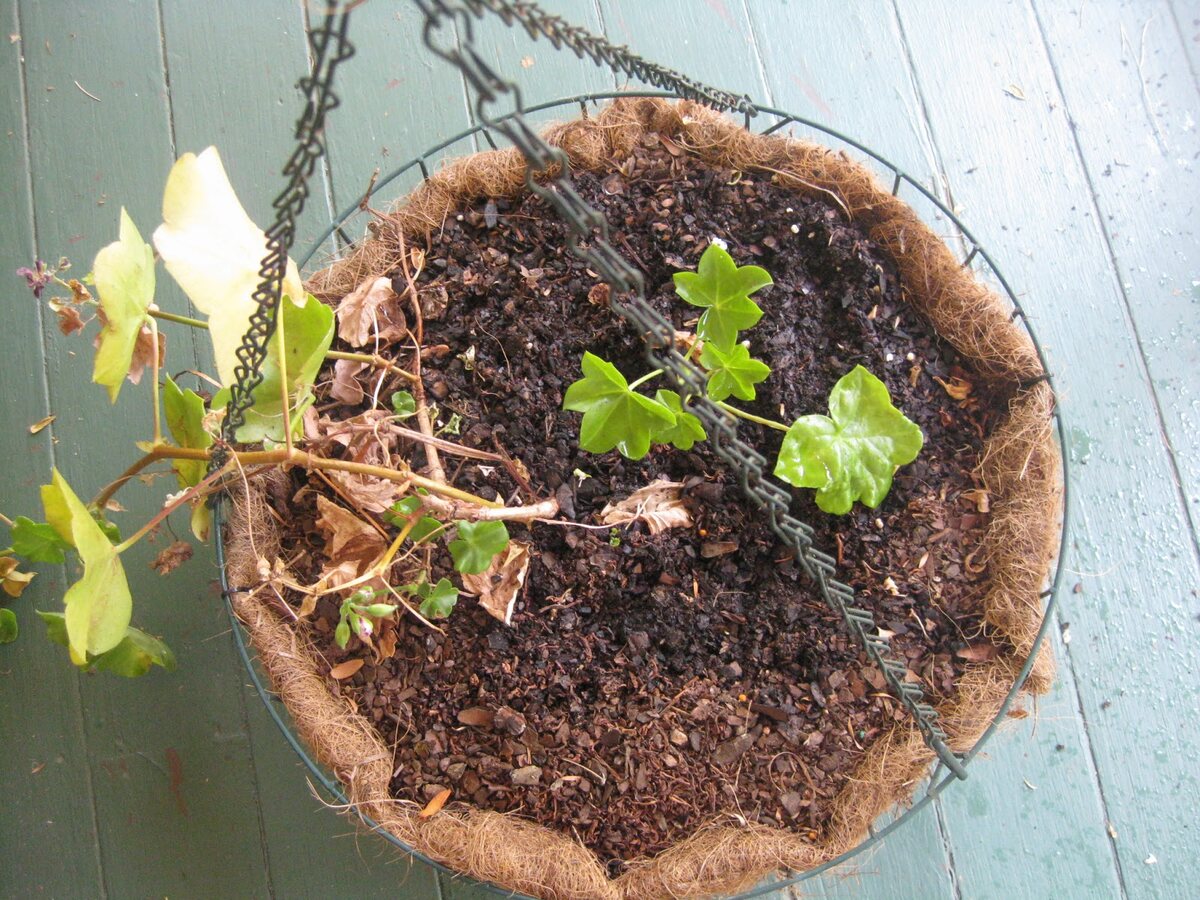
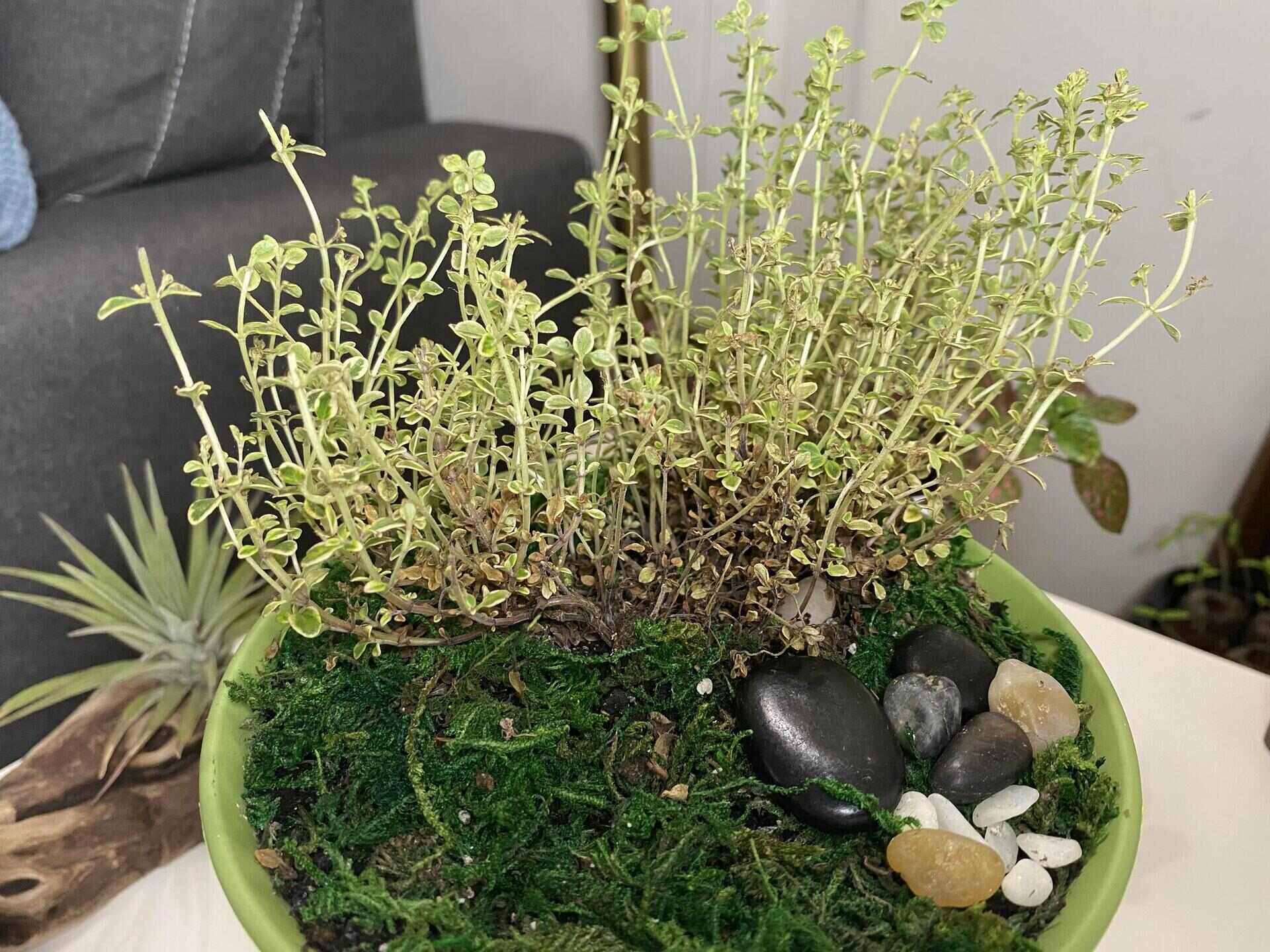

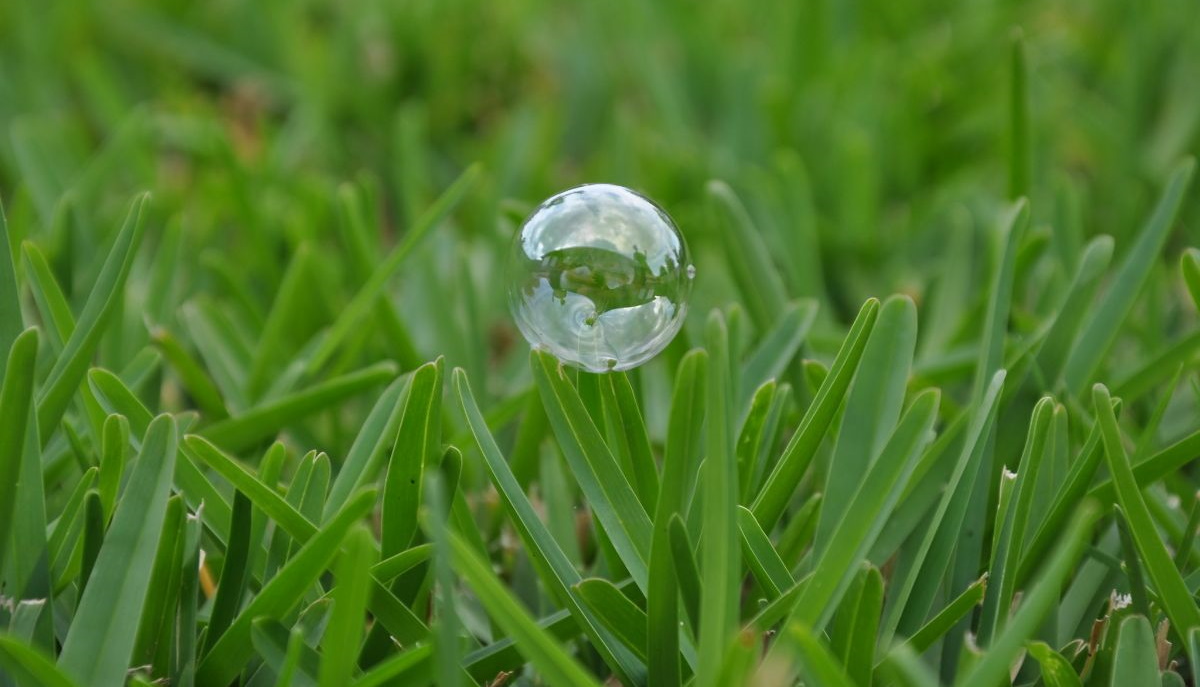
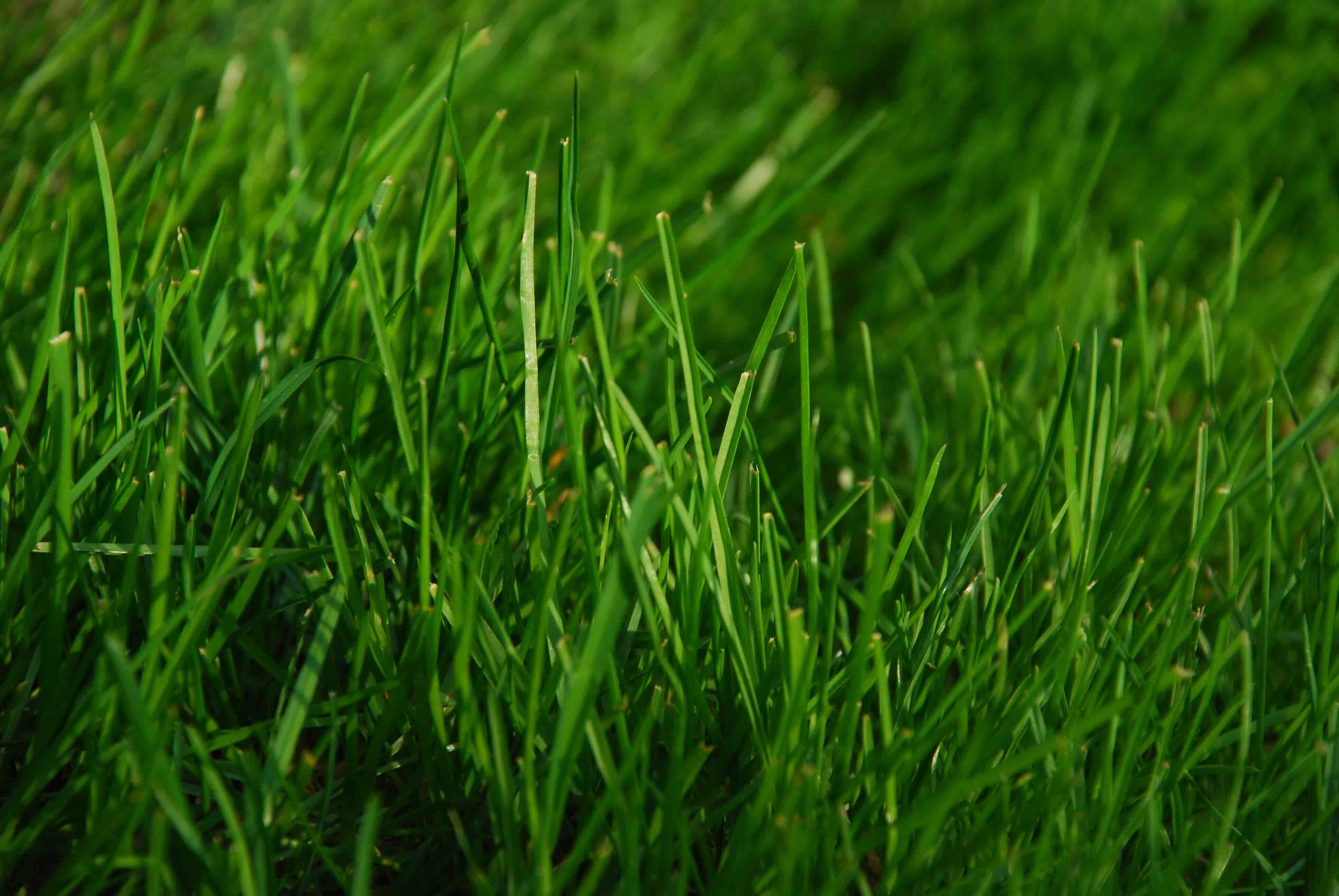
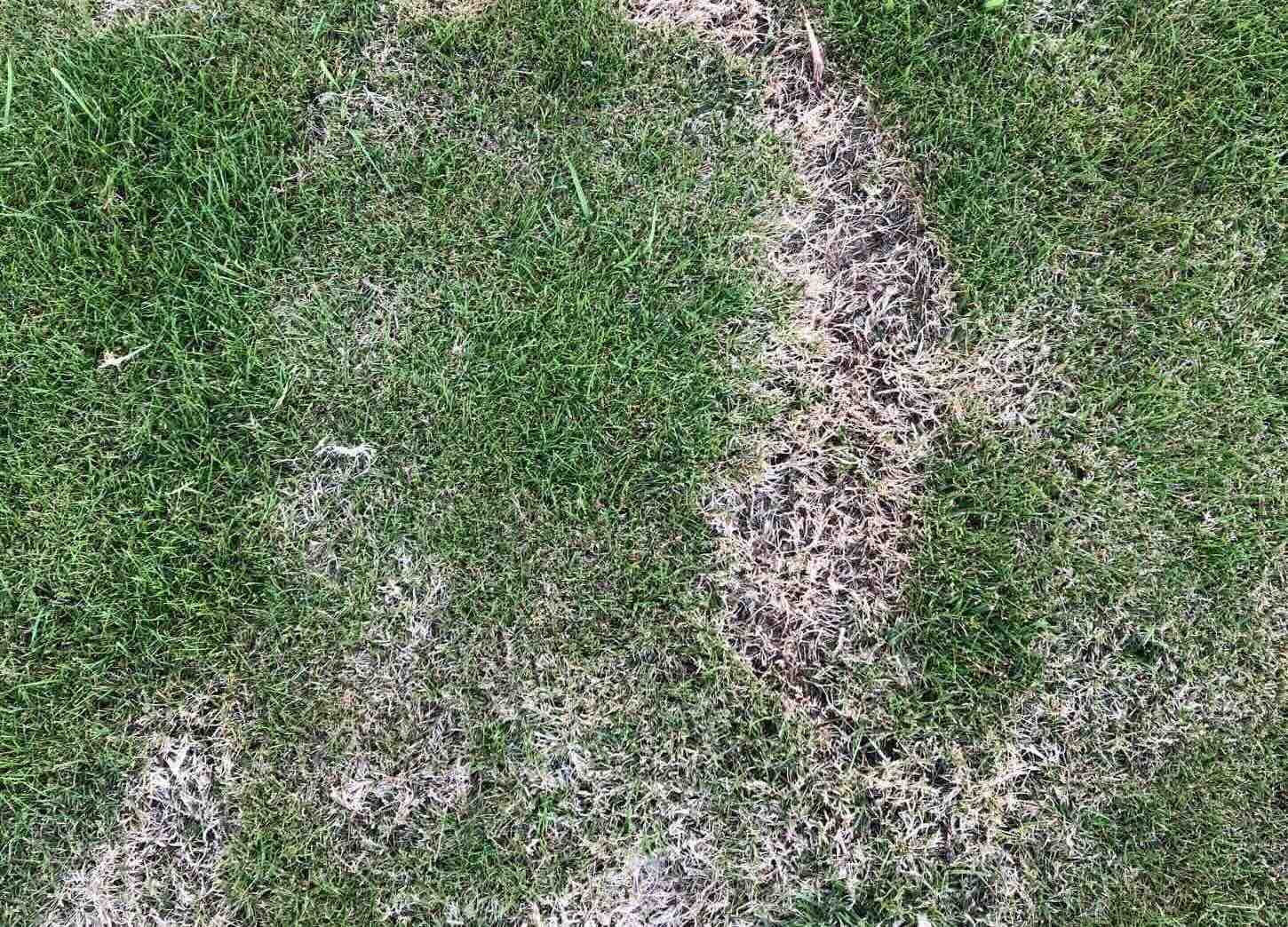
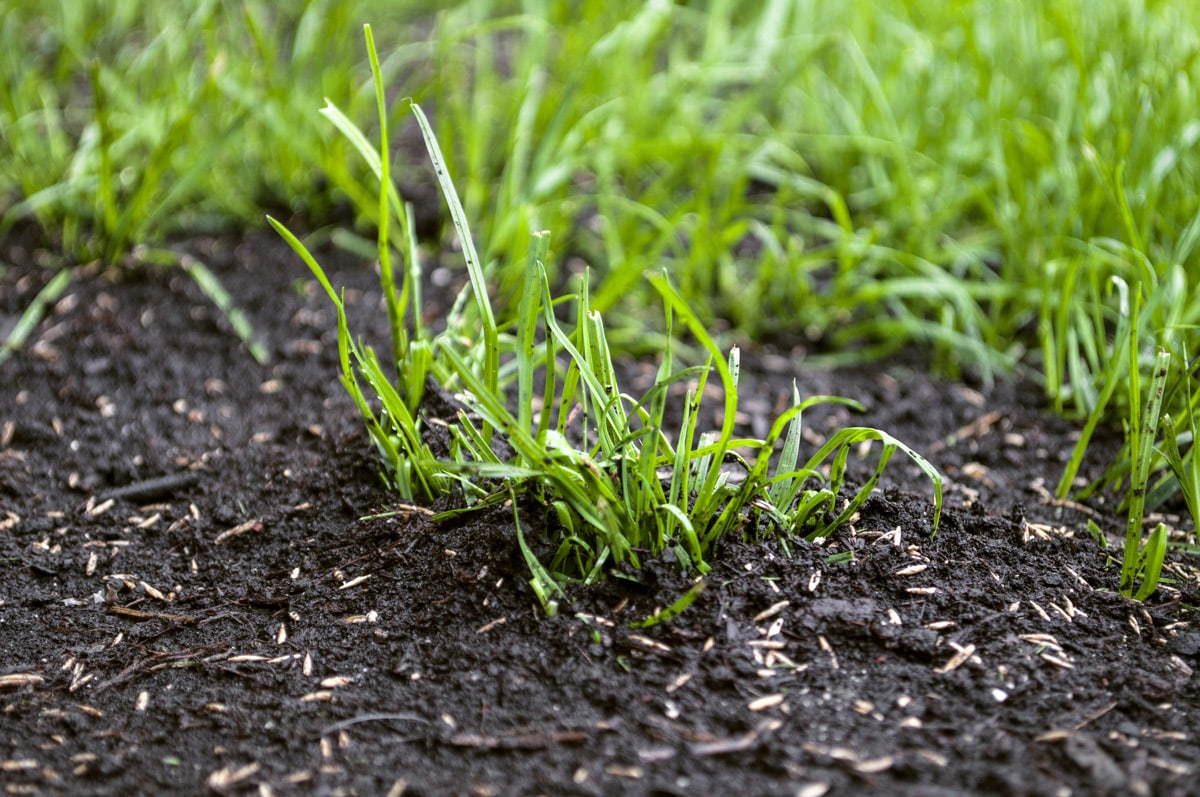
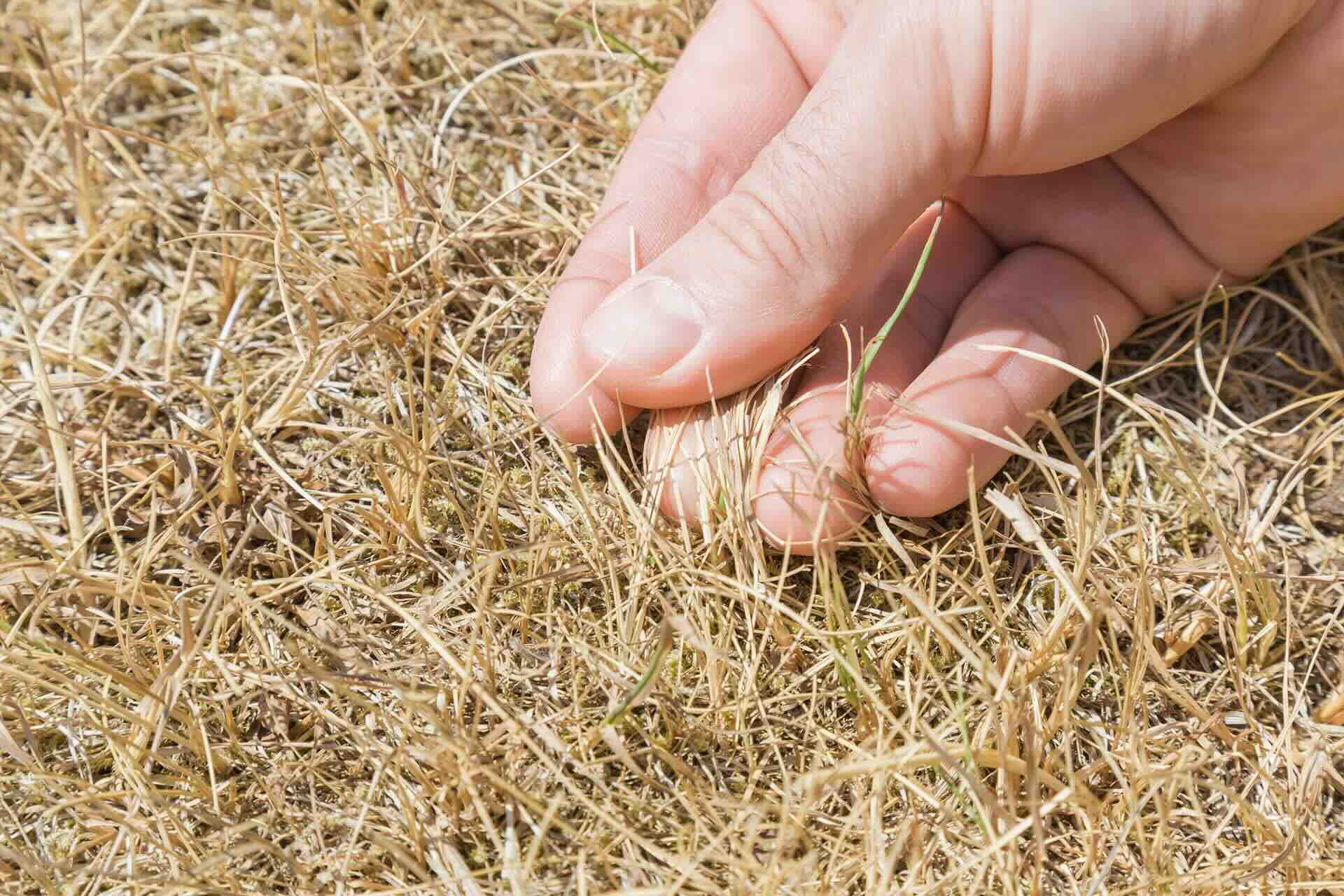

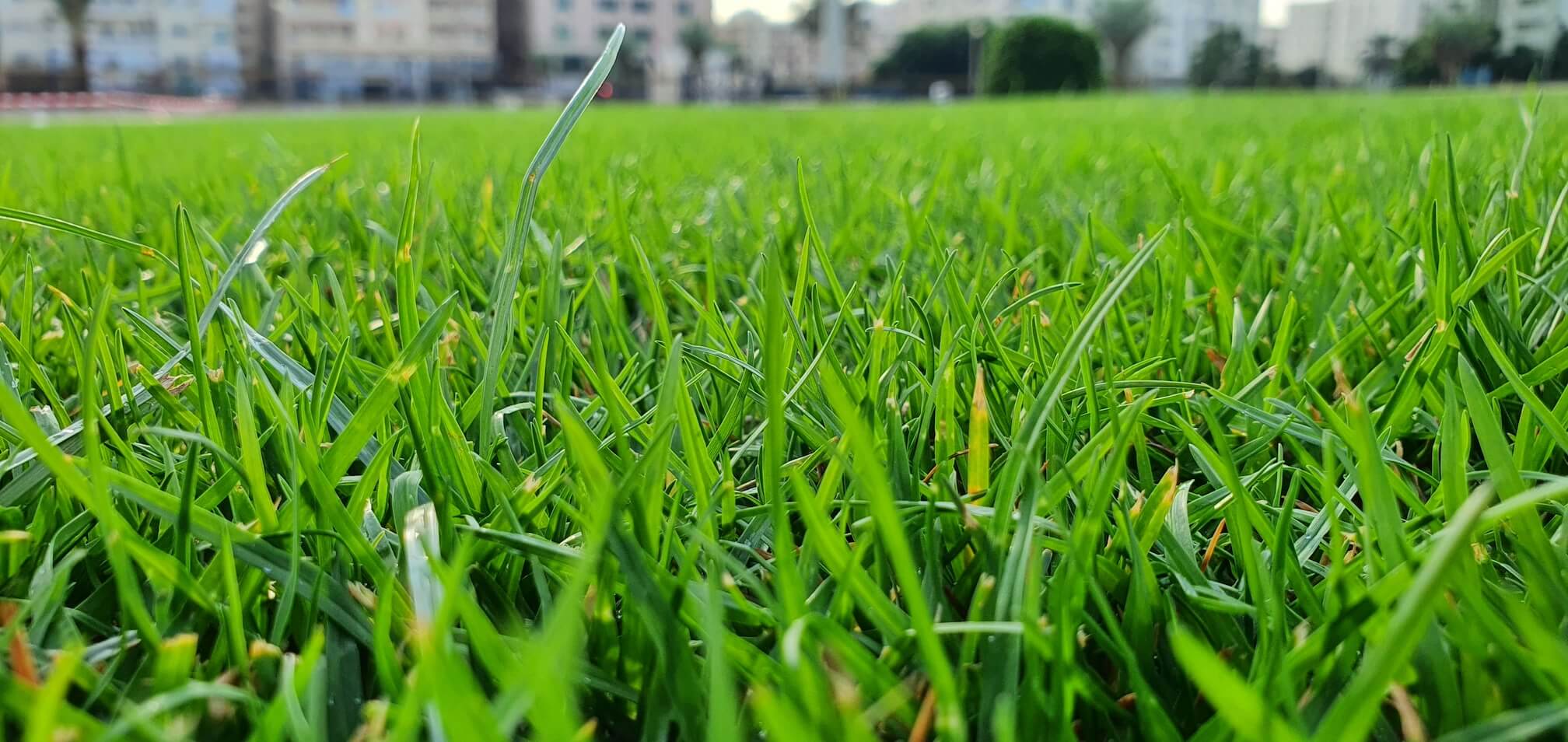

0 thoughts on “Why Does Grass Die When Salt Is On It”